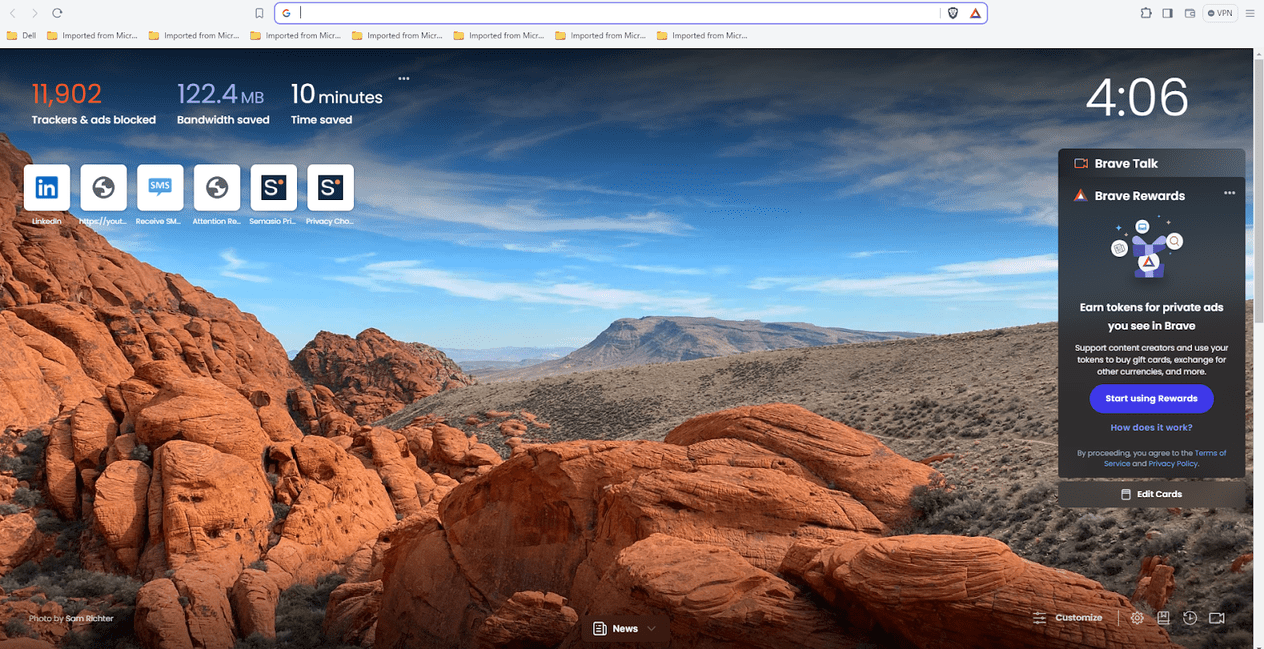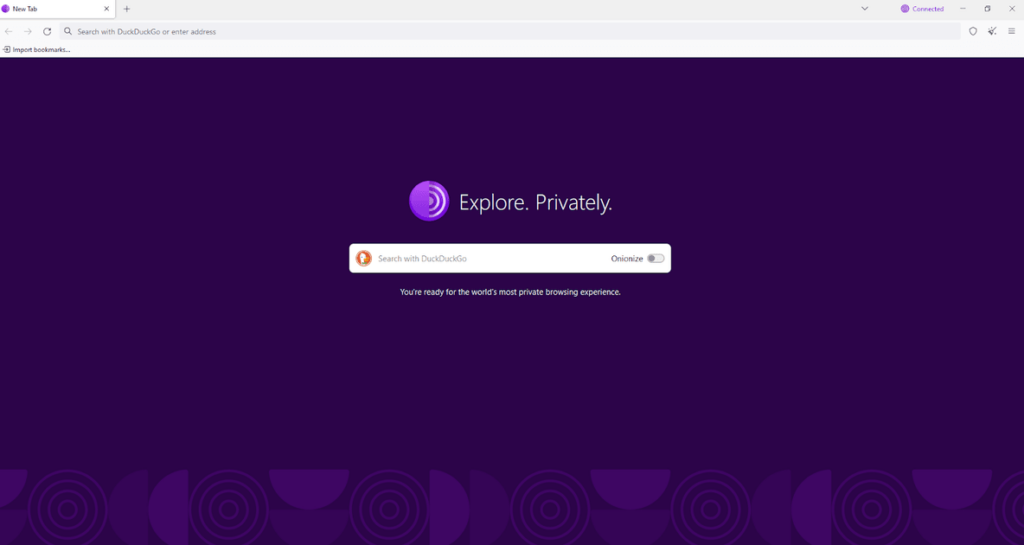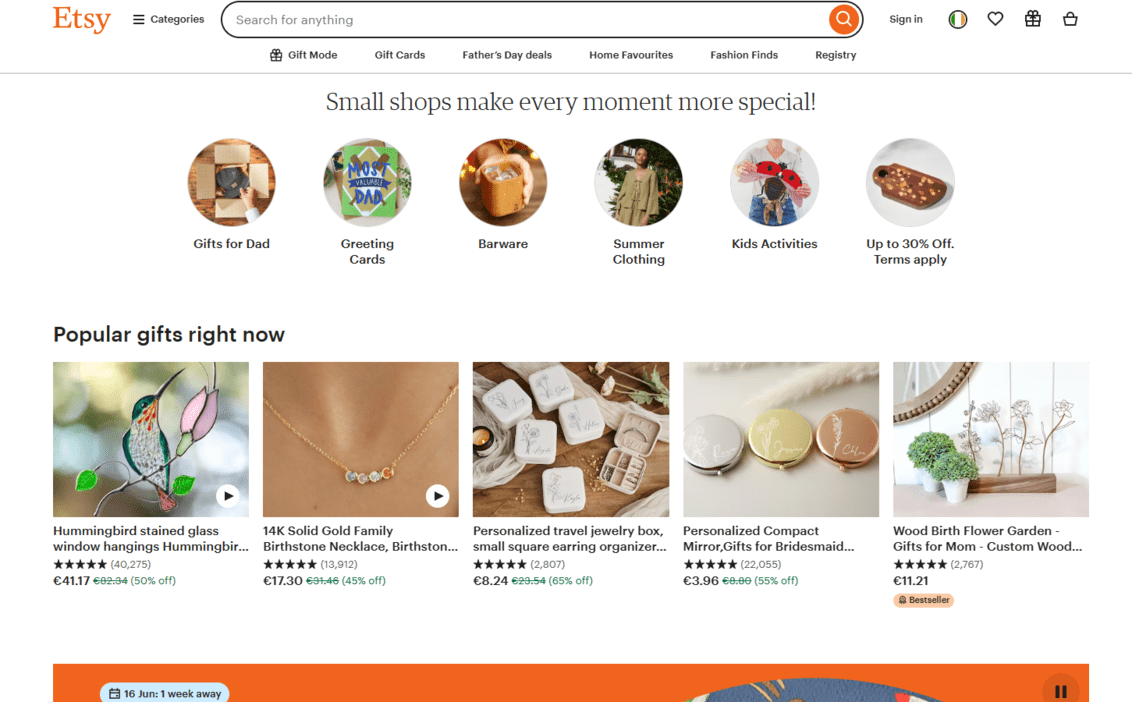Is Thunderbird Safe?
Laura Martisiute
Reading time: 7 minutes
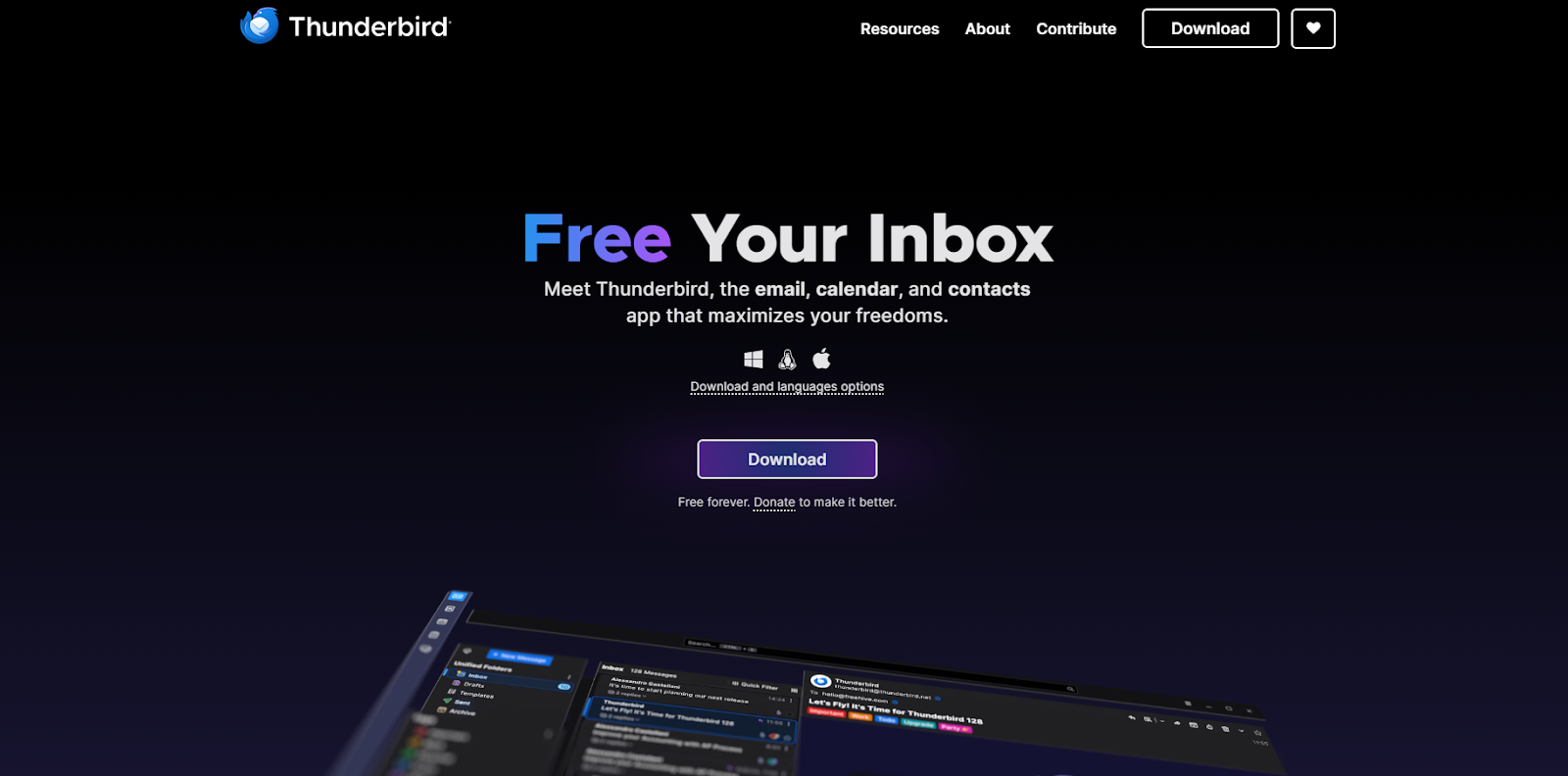
Table of Contents
If you use or plan to use Thunderbird, you need to know: Is Thunderbird safe?
Below, we explain whether Thunderbird is:
- Safe to use.
- Good for privacy.
We also look at some steps you can take to improve both your safety and privacy when using this online service.
What Is Thunderbird?
Thunderbird is a free, open-source email client developed by Mozilla, the same organization behind the Firefox web browser. It provides a platform for managing multiple email accounts, newsgroups, and RSS feeds in one place.
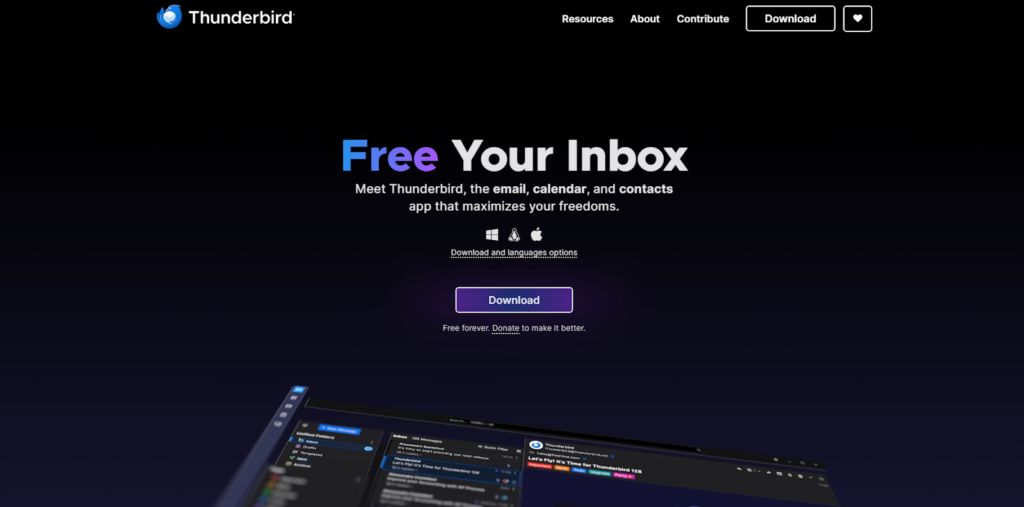
Thunderbird supports multiple email accounts, including IMAP, POP, and SMTP protocols, making it compatible with most email providers (like Gmail, Yahoo, Outlook, etc.).
It organizes emails with a folder-based system, allowing users to create custom folders and subfolders. It has advanced filtering and search capabilities to find emails quickly and sort them based on various criteria.
Thunderbird is highly customizable through a wide range of add-ons and extensions, such as themes, calendar integration, and productivity tools.
Is Thunderbird Safe?
Yes, Thunderbird is considered safe.
Thunderbird supports end-to-end encryption through S/MIME and OpenPGP. Users can encrypt and digitally sign emails, ensuring that only the intended recipient can read the message and verify its authenticity.
Thunderbird has several other security features, including built-in anti-phishing measures to warn users about potential phishing attempts by identifying suspicious links or emails. It also comes with a robust spam filtering system that learns over time and can be customized to block unwanted emails.
Thunderbird regularly releases updates to patch vulnerabilities and improve overall security.
Thunderbird is open-source software, meaning its source code is publicly available. This transparency allows security experts and the wider community to review the code for vulnerabilities, backdoors, or malicious elements. Open-source software is often seen as more secure because it benefits from the scrutiny of many developers.
Thunderbird stores emails and data locally on your device rather than in the cloud, reducing the risk of exposure to online threats.
No major data breaches have been associated with Thunderbird at the time of writing.
Is Thunderbird Private?
Yes, Thunderbird is considered to be a good choice for privacy.
Thunderbird does not collect user data for advertising or sell user information to third parties.
Thunderbird gives users full control over their email data, settings, and security configurations. Users can customize privacy settings, manage cookies and remote content, and choose how much data is shared with email servers.
It supports various add-ons and extensions that can further enhance privacy, such as privacy-focused extensions to block tracking pixels, manage cookies, or even integrate with privacy-friendly services.
By default, Thunderbird blocks remote content (such as images) in emails, which prevents email trackers from knowing when and where an email is opened. Users can choose to enable or disable this feature for specific contacts.
Thunderbird stores your emails and data locally on your device, not in the cloud. This reduces the risk of exposure to data breaches or unauthorized access associated with cloud storage. However, this also means that your privacy depends significantly on the security of your local device.
In its privacy policy, Mozilla outlines the kind of data Thunderbird collects (such as email domain, technical data, telemetry data, and calendar data; Users’ names, calendar events, email messages, and address books are never collected) and whom it may disclose it to.
Terms of Service; Didn’t Read (ToS;DR), a project that rates internet services’ terms of service and privacy policies, gives Thunderbird a “Grade C.” According to the ToS;DR classification, this means “The terms of service are okay but some issues need your consideration.”
The top concern is that the service gives personal data to third parties that are involved in its operation.
On the plus side, ToS;DR says that the service provides information on how it plans to use your data and that the software is open-source.
How to Improve Your Safety and Privacy On Thunderbird
Follow the steps below for a more private and secure experience while using Thunderbird.
- Set up OpenPGP or S/MIME encryption. Thunderbird supports both OpenPGP and S/MIME encryption, which you can use to encrypt your emails. This ensures that only the intended recipient can read the message. To set up OpenPGP, go to Account Settings > End-to-End Encryption > Add Key to generate a new encryption key or import an existing one. Share your public key with your contacts to exchange encrypted emails. To set up S/MIME, obtain an S/MIME certificate from a trusted Certificate Authority (CA) and import it into Thunderbird under Account Settings > Security > View Certificates.
- Prevent tracking pixels. By default, Thunderbird blocks remote content (like images) in emails to prevent senders from knowing when and where you opened their emails. To ensure this is enabled, go to Preferences/Settings > Privacy & Security > Mail Content and make sure “Block remote content in messages” is checked. You can whitelist specific senders if you trust them to send emails without tracking pixels.
- Create strong, unique passwords. Use strong, unique passwords for each email account configured in Thunderbird. Consider using a password manager to generate and store complex passwords.
- Enable 2FA for email accounts. Enable two-factor authentication (2FA) for all email accounts you use with Thunderbird (e.g., Gmail, Yahoo, Outlook) to add an extra layer of security.
- Turn off cookies. Go to Preferences/Settings > Privacy & Security > Web Content and uncheck “Accept cookies from sites” to prevent websites from tracking your browsing habits.
- Enable scam detection. Under Preferences/Settings> Privacy & Security> Email Scams, make sure “Tell me if the message I’m reading is a suspected scam” is enabled to help detect and warn you about phishing attempts.
- Configure secure connections. Ensure that Thunderbird is set to use secure connections (SSL/TLS) for incoming (IMAP/POP) and outgoing (SMTP) mail servers. Check under Account Settings > Server Settings for your accounts.
- Use privacy extensions. Consider installing add-ons like Enigmail (for older versions of Thunderbird), TorBirdy (to route traffic through the Tor network for anonymity), or uBlock Origin (to block ads and trackers in emails).
- Check the source of add-ons. Only install add-ons from reputable sources, and always check reviews and community feedback.
- Keep Thunderbird updated. To benefit from security patches and updates, ensure you are using the latest version of Thunderbird. Enable automatic updates under Preferences/Settings > General > Updates.
- Use full disk encryption. Since Thunderbird stores emails locally, use full disk encryption to protect your email data in case of device loss or theft.
- Make regular backups. Make regular encrypted backups of your Thunderbird profile to protect against data loss. Ensure that backup files are stored securely, preferably in an encrypted format.
- Restrict remote access. Ensure that your Thunderbird settings do not allow third-party services or applications to access your email data unless absolutely necessary.
- Encrypt your internet connection. Consider using a Virtual Private Network (VPN) or routing Thunderbird traffic through the Tor network (with add-ons like TorBirdy) to encrypt your internet connection and hide your IP address from email providers or third parties.
- Avoid clicking on suspicious links. Be wary of clicking on links or downloading attachments from unknown senders. Phishing and malware attacks often use these tactics to compromise your data.
- Enable file extensions display. Make sure Thunderbird is set to display the full name of attachments, including file extensions, to avoid being tricked by disguised malicious files.
Our privacy advisors:
- Continuously find and remove your sensitive data online
- Stop companies from selling your data – all year long
- Have removed 35M+ records
of personal data from the web
Save 10% on any individual and
family privacy plan
with code: BLOG10
news?
Don’t have the time?
DeleteMe is our premium privacy service that removes you from more than 750 data brokers like Whitepages, Spokeo, BeenVerified, plus many more.
Save 10% on DeleteMe when you use the code BLOG10.

